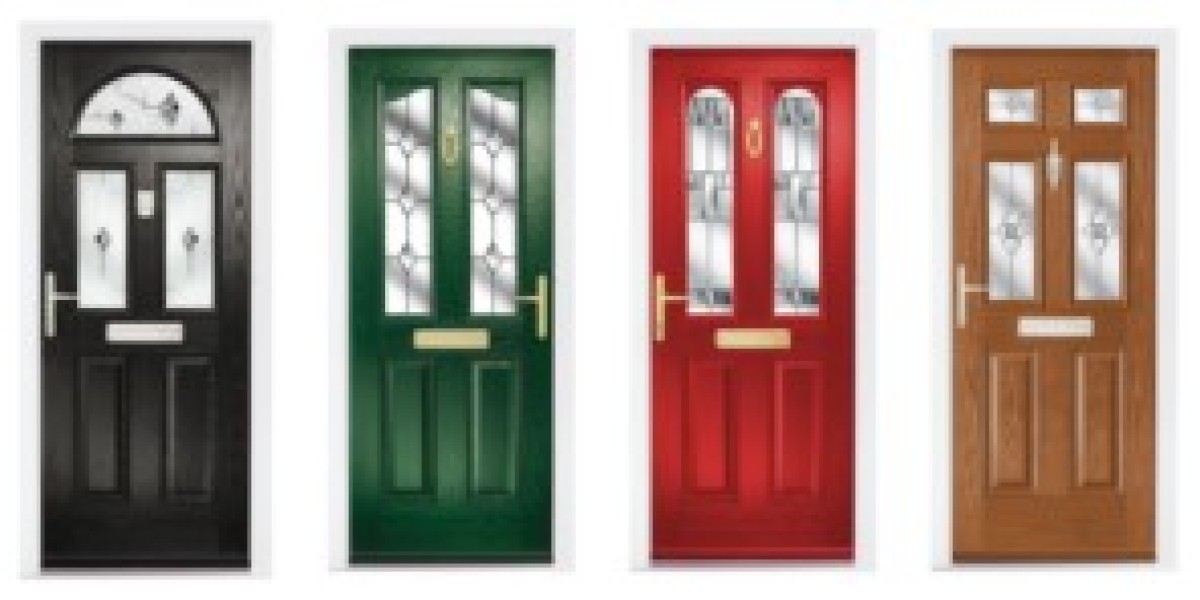
The Rise of Integrated Ovens and Hobs: An In-Depth Look
In today's hectic world, home cooking has actually undergone a substantial transformation. One innovation that has exceptionally impacted kitchen design and performance is the integrated oven and hob, which integrates both cooking appliances into a single, cohesive unit. This post checks out the benefits, types, setup factors to consider, and necessary functions of integrated ovens and hobs, as well as supplying standards for customers pondering an upgrade.
What is an Integrated Oven and Hob?
An integrated oven and hob is a kitchen appliance that combines an oven and a cooking surface area (the hob) into one unit, frequently designed to be built in electric oven into the kitchen cabinetry. This style offers a smooth, modern-day visual and makes the most of kitchen space, while likewise using performance for cooking and baking. As the choices for open-plan living continue to rise, integrated systems develop a structured appearance which blends flawlessly with kitchen furniture.
Key Advantages of Integrated Ovens and Hobs
- Space-Saving Design: Integrated units are best for smaller kitchens, enabling homeowners to make use of available area effectively without jeopardizing on performance.
- Visual Appeal: With their structured appearance, these appliances create a modern and cohesive kitchen style, getting rid of the requirement for standalone units.
- Alleviate of Use: Integrated ovens and hobs typically feature user-friendly interfaces and controls, making them accessible for cooks of all ability levels.
- Improved Safety: Many integrated systems include safety systems, such as child locks or automated shut-off functions, which can improve safety during cooking.
- Energy Efficiency: Integrated appliances frequently boast enhanced energy effectiveness, lowering electricity expenses and environmental effect.
Types of Integrated Ovens and Hobs
Integrated ovens and hobs are available in different setups to accommodate various cooking needs and preferences. Below are some popular types:
| Type | Description |
|---|---|
| Single Oven + Hob | A standalone oven with a built-in hob on top; suitable for compact kitchen areas. |
| Double Oven + Hob | Offers 2 ovens for increased cooking capacity, coupled with an integrated hob. |
| Steam Oven + Hob | Integrates conventional cooking with steam performance, enhancing food tastes and nutrients. |
| Induction Hob + Oven | Features an induction hob, offering rapid heating and energy efficiency. |
| Gas Hob + Oven | Combines the responsiveness of gas cooking with an electric or traditional oven. |
Setup Considerations
When incorporating an integrated oven and hob into a kitchen remodel or new build in oven, numerous aspects require to be considered:
- Space Requirements: Ensure that there is adequate space for the combined unit which it satisfies regional structure guidelines.
- Ventilation: Adequate ventilation is important, particularly for gas systems, to prevent accumulation of hazardous gases.
- Power Source: Determine the appropriate source of power (electric, gas, or dual-fuel) and guarantee that the kitchen has the necessary hookups in place.
- Style and Finish: Choose a design and surface that complements the overall style of the kitchen. Stainless-steel, black, and white are popular finishes.
- Professional Installation: It is recommended to work with a qualified specialist for setup, particularly for gas systems, to guarantee safety and compliance with building codes.
Important Features to Look For
Consumers ought to consider different features when choosing an integrated oven and hob:
- Self-Cleaning Options: Many modern-day ovens included self-cleaning functions, making maintenance simpler and more effective.
- Smart Technology: Some integrated models provide smart features such as remote control, cooking guides, and notifications.
- Multi-Cooking Functions: Look for ovens that allow different cooking techniques (bake, broil, steam, etc).
- Safety Features: Ensure that the system includes security features such as a car shut-off, heat signs, and protected lock systems.
- User-Friendly Controls: Intuitive touch controls or knobs can boost the cooking experience.
Frequently Asked Questions (FAQs)
1. Are integrated ovens and hobs more energy-efficient than standalone units?
Yes, integrated ovens and hobs are often designed to be more energy-efficient, making them a reasonable option for the environmentally-conscious consumer.
2. Can I set up an integrated oven and hob myself?
While it is possible for experienced DIY enthusiasts, it is typically recommended to have a qualified technician carry out the setup, particularly for gas appliances, to guarantee security and compliance with policies.
3. Do integrated units have the same cooking capacity as standalone appliances?
Yes, numerous integrated models are created to match or exceed the cooking capacities of standalone systems, providing sufficient space for various cooking requirements.
4. What is the lifespan of an integrated oven and hob?
With correct care and upkeep, integrated ovens and hobs can last anywhere from 10 to 15 years or more.
5. Are there any brands that concentrate on integrated ovens and hobs?
Yes, a number of respectable brand names, such as Bosch, Neff, Smeg, and AEG, offer a broad series of integrated ovens and hobs that deal with various budget plans and choices.
The integrated hob and oven oven and hob represent a significant advancement in kitchen innovation, combining design, functionality, and effectiveness into a single home appliance. As households continue to embrace modern cooking methods and aesthetic appeals, these units will likely acquire even more popularity. Customers ought to consider their cooking routines, kitchen styles, and personal preferences when picking the best integrated unit, ensuring they enjoy the various benefits of these ingenious appliances for many years to come.
By comprehending the numerous types, setup factors to consider, and essential functions of integrated ovens and hobs, homeowners can make educated choices as they buy their culinary areas.








